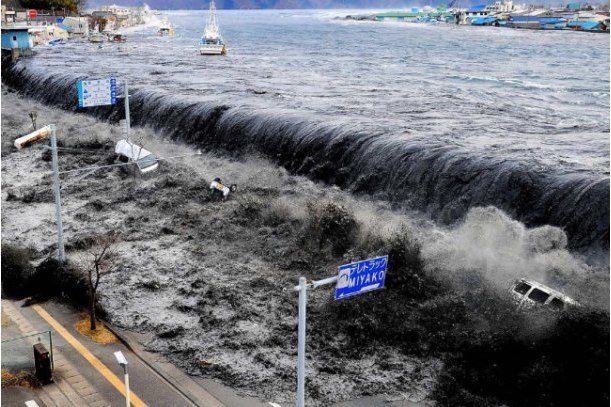UNESCO announces tsunami warning exercise for Pacific rim countries

Summary
The Pacific-wide exercise will test the emergency response capacities of countries in the event of tsunamis.
UNESCO’s Intergovernmental Oceanographic Commission has announced a Pacific-wide tsunami warning exercise to test the emergency response capacities of countries bordering the Pacific Ocean in the event of tsunamis. The exercise, dubbed PacWave17, will take place from 15 to 17 February, 2017.
The Pacific-wide tsunami warning exercise is a tool for evaluating the readiness of the Pacific Ocean Tsunami Warning and Mitigation System (PTWS). The aim of the PTWS, established under Intergovernmental Oceanographic Commission of UNESCO, is to enable seismic zones of the Pacific, especially vulnerable communities, to increase their readiness and raise awareness for the next tsunami.
The Pacific rim covers the western shores of North America and South America, in addition to Australia, eastern Asia and the islands of the Pacific. UNESCO said about 76% of the world’s deadly tsunami occurrences take place in the Pacific Ocean and connected seas. Five deadly tsunamis have hit the region over the past eight years. Samoa and Tonga were hit in 2009, Chile in 2010 and 2015, Japan in 2011 and the Solomon Islands in 2013.
PacWave17 exercise looks at several scenarios for earthquakes off the coasts of Chile and Peru, Colombia and Ecuador, Philippines, Solomon Islands, Tonga and Vanuatu. The exercise will entail testing the relay systems set up to transmit the warnings and the reactivity of the focal points in the event of a crisis. Alerts will be sent to the national focal points of each country taking part in the exercise from the Pacific Tsunami Warning Center (PTWC) in Hawaii (USA) and the Northwest Pacific Tsunami Advisory Centre (NWPTAC) in Japan. National authorities will then be alerted by a bulletin from the PTWC and/or the NWPTAC. Other alerts will follow, providing information about developments.
The Intergovernmental Oceanographic Commission established the Intergovernmental Coordinating Group’s Pacific Tsunami Warning System in 1965, in response to the 1960 earthquake off the coast of Chile that generated a tsunami killing 2000 people locally, and hundreds in the far field in Hawaii, Japan, and the Philippines. The main focus of the Group is to facilitate the issuance of timely international alerts, and advocate for comprehensive national programmes in hazard assessment, warning guidance, and preparedness
On average, UNESCO noted that one destructive local tsunami occurs in the region every year or two while a Pacific Ocean-wide tsunami hits the region several times per century.
UNESCO said populations will not be evacuated during the exercise. Meanwhile, the exercise will mark the first involvement of the South China Sea Tsunami Advisory Centre in such an exercise.
Related
-
International investors launch climate endowment fund
The fund aims to support the green revolution championed by #FridaysForFuture, the global youth climate change movement.
-
Measuring and reducing your organisation's carbon footprint
Your organisation's motivations for calculating its carbon footprint are important as that determines how and what you ...
-
World Bank launches Climate Innovation Centre in Ghana
The technology hub will help over 100 climate entrepreneurs develop and commercialize innovative solutions to climate ...








